How can we remember Kanji effectively?
Here I will introduce some effective ways to study Kanji for people from non-kanji-using countries, as well as some recommended books.
Before that, I would like to tell you about my experiences teaching my son Kanji.
When I was in elementary school in Japan, we had “Kanji drill” homework every day and lots of tests. So we just wrote and wrote to memorise them.

However, in my son’s case in Australia life, it is not working the way.
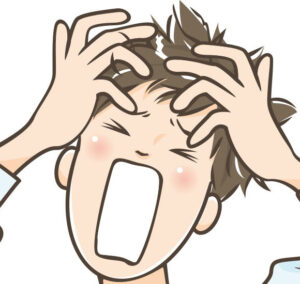
It’s hard to learn Kanji for most non-native Japanese. Why?
1. Foreigners are not familiar with the shape of kanji.
Japan and China are the only two countries that use Kanji daily, and most foreigners have never really looked at or written Kanji.

Even though I speak to my son in Japanese, as long as we live in an English-speaking country, the language he sees and writes every day is English.
Furthermore, if you try to write it, it isn’t easy to copy it.
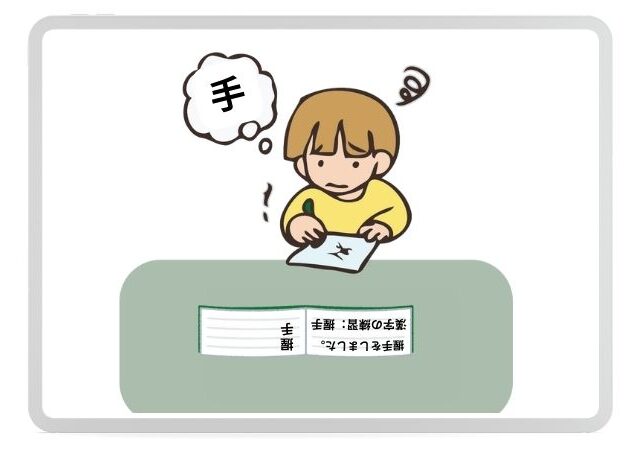
2.Kanji has 音読おんよみ”(on reading)” and “訓読くんよみ”(kun reading)
Kanji characters have both “音読み”(on reading)” and “訓読み”(kun reading), and their pronunciations change depending on how they are used and how they are combined, making them extremely complex.
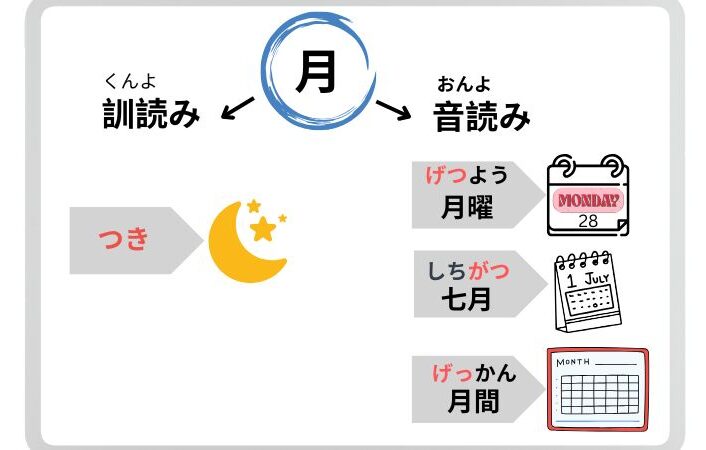
Problems and solutions
In addition to the above, here are some of the problems I noticed while watching my son.
I use Japanese textbooks the same as schools in Japan use the subject of 国語(kokugo) for teaching my son.
In Japanese textbooks, the readings of newly learned kanji are written in a separate box.

1. So at first, read through sentences using that as a reference.
However, if he forgets how to read a kanji he learned before, he asks me.

- Teach him again how to read forgotten kanji by writing them in hiragana.

3. Once he has finished reading, I teach him how to read and write the kanji he has forgotten and the new kanji he is learning.
4. Practice writing

5. reread the text without watching the reference.
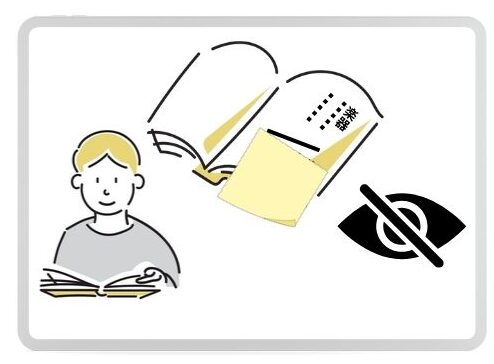
6. Write a diary with the Kanji he learnt.

But I realised that if he didn’t write the kanji for a few days, he often forgot them.
Especially the stroke orders and the shapes.
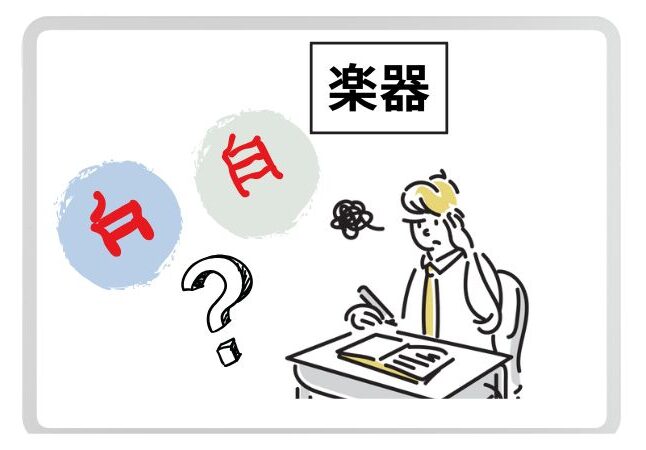
Why does he forget? What’s the solution?
He didn’t know the basic rules of stroke order.
Even though the stroke order was written, the rules were not properly explained, so he would sometimes write in his style, which resulted in strange kanji.😆
✅Solution: I taught the basic rules for the stroke order of kanji.
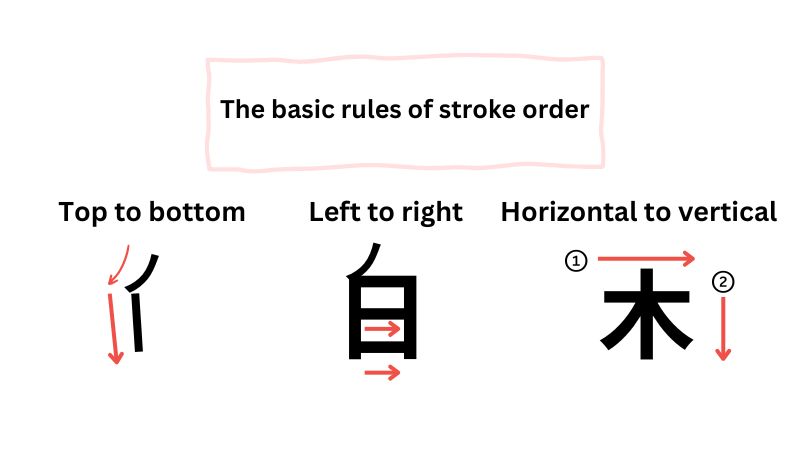 ⭕️Since then, he has been able to write beautiful kanji.
⭕️Since then, he has been able to write beautiful kanji.
He didn’t know the radicals and the composition of Kanji.
Because he didn’t learn the radicals and the composition of Kanji.
(Although he knew a few of their respective meanings.)
That’s why he was confused about the similar shape.
✅ Solution: I taught him the main radicals and the compositions of Kanji.


⭕️He began to see kanji in parts, which made it easier for him to remember them.
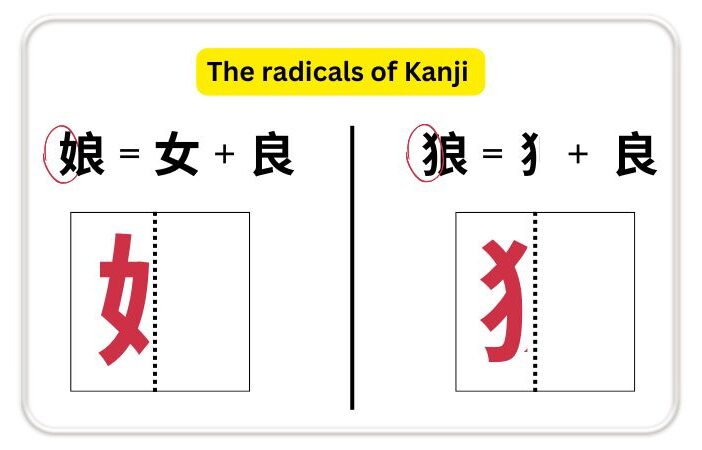
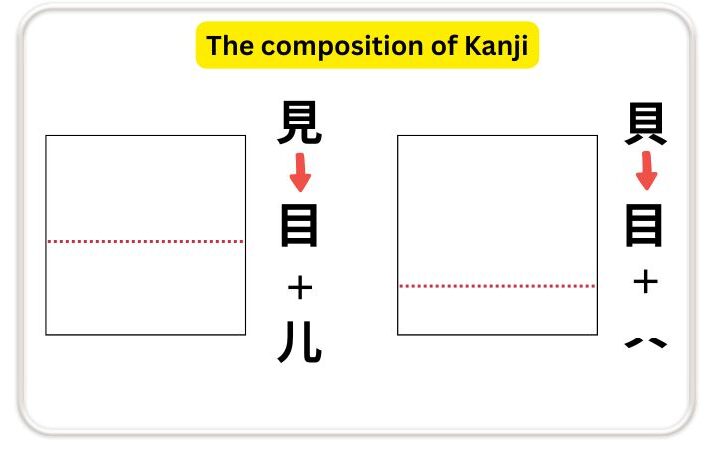
It was hard to remember the one Kanji has many different readings!
He only remembers one way of reading it, so he can’t handle other ways of reading it.
e.g) 大きな木
/大好き
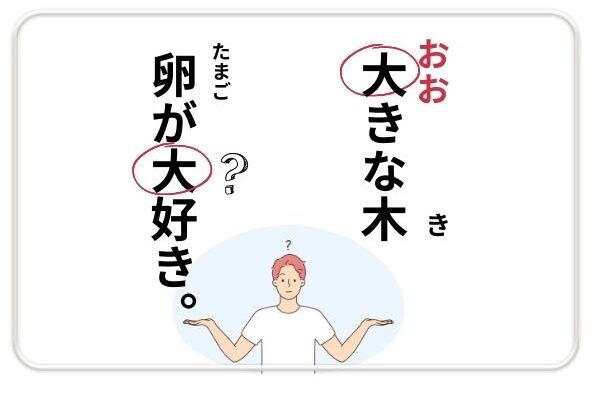
✅Solution 1: I taught the on-reading and kun-reading of the kanji with example sentences.
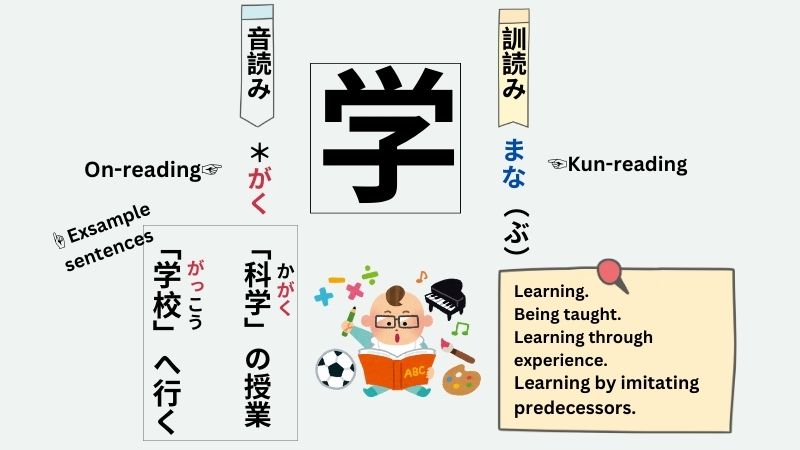
✅Solution 2: When he practised kanji, he made sure to write and memorize both the on-reading and kun-reading.
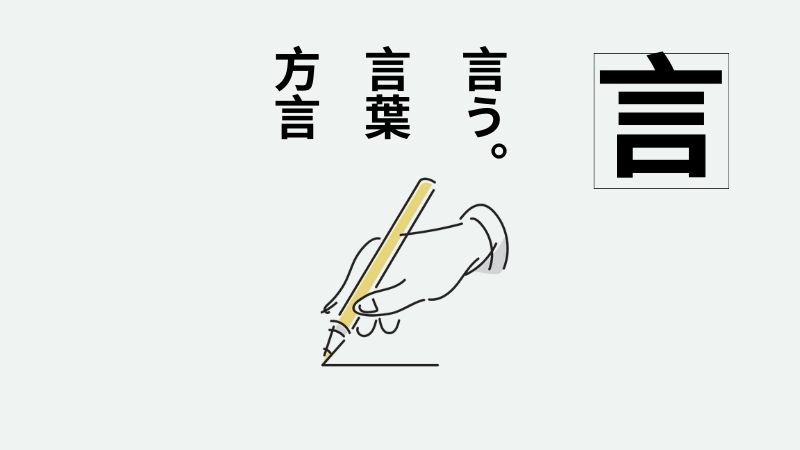
But this requires a lot of steady effort.
In particular, since on-readings apply to compound words, you will need to look them up if you don’t know them.
How to keep kanji in memory?
Even if you try hard to memorize kanji, you will gradually forget them if you don’t write them.
Human memory has a mechanism that gradually forgets things over time.
According to a study by German psychologist Hermann Ebbinghaus, what you study just once will be easily forgotten along the forgetting curve, but if you study something repeatedly, you will not forget it so quickly.
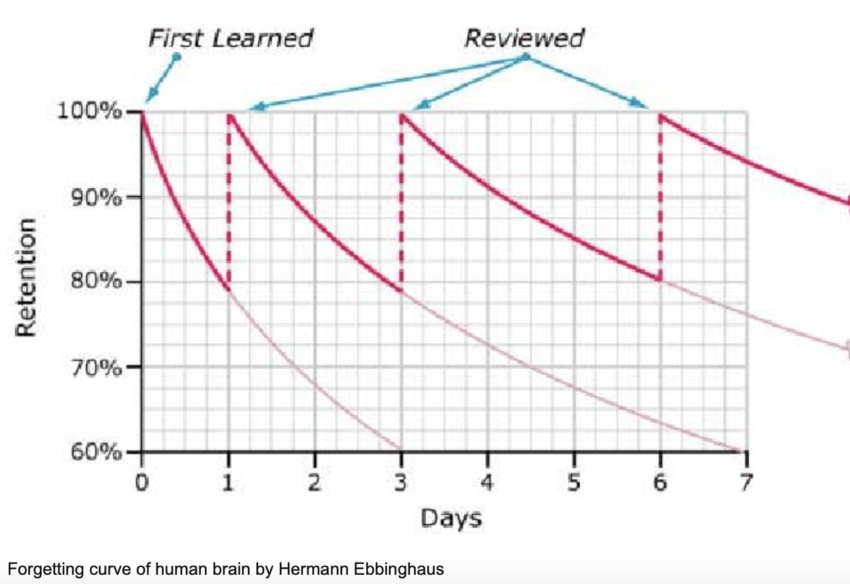
(reference:researchgate.net)
So,In the end the solution is,,,
1. Learn kanji little by little and over and over.
When you want to remember something, it is easier to remember what you have learned by concentrating on learning it for a short period of time and then repeating the same method when you are about to forget.
2. Use the Kanji you’ve learned.
By actually using what you’ve learned, it will become solidified in your mind as living knowledge.
Try to write in kanji as much as possible every day, for example by writing a diary.
My son writes a diary every day, and I check it and teach him new kanji if there are any that can be replaced with them.
In order to remember kanji, this kind of daily practice is important.
It’s same way I learn English!
Study Kanji at night 🌛
The best time to practice Kanji is at night.
Research by American psychologists has shown that things learned before going to bed are more likely to be retained in long-term memory than things learned during the day.
The reason for this is that what you study is consolidated in your memory while you sleep, and things you see right before you go to sleep tend to stick in your memory.

What textbook is the best?
Based on past evidence, a book that carefully explains the following contents would be suitable.
1. The stroke order rules are explained.
2.Categories by their characteristic parts.
3.On-reading and Kun-reading are explained with example sentences.
4.There are review questions.
So, I use
「かんたんルールとパーツでおぼえる きほんの漢字99 」

It comes with translations into English, Vietnamese, and Indonesian, so it can also be used for self-study.
Here are some good points about this text.
*The way to memorize the kanji in this book is to memorize kanji that have common writing styles or parts together.
-For example, some kanji with vertical lines are “人, 八, 川” (person, eight, river); some kanji that use the katakana character “エ” are “左, 空” (left, sky); and some kanji with a dot underneath are “点, 無, 急” (dot, nothing, quick).
*A simple explanation of the rules for writing kanji.
– For example, for the kanji with a vertical line in the middle, “車(car), 事(thing), and 書 (calligraphy),” it is introduced as “Kanji with a vertical line in the middle should have a vertical line written at the end.”
*The stroke order and tips on how to write each kanji are carefully explained.
If you study and review in order, you will be able to master the kanji you use on a daily basis.
This book can also be used as a reference book for kanji.
Summary
*Just like Japanese children learn, the first thing to do is learn the stroke order rules, then the radical composition.
*After all, the only way to remember Kanji is to use Kanji in our daily life.
For exsample,read your favorite Japanese manga or convert everyday objects into Kanji and memorize them, and write a one-line diary, etc.
*If you forget something, remember it again – this repetition is the key to success!
I’ll do my best with English, too. 🤭


